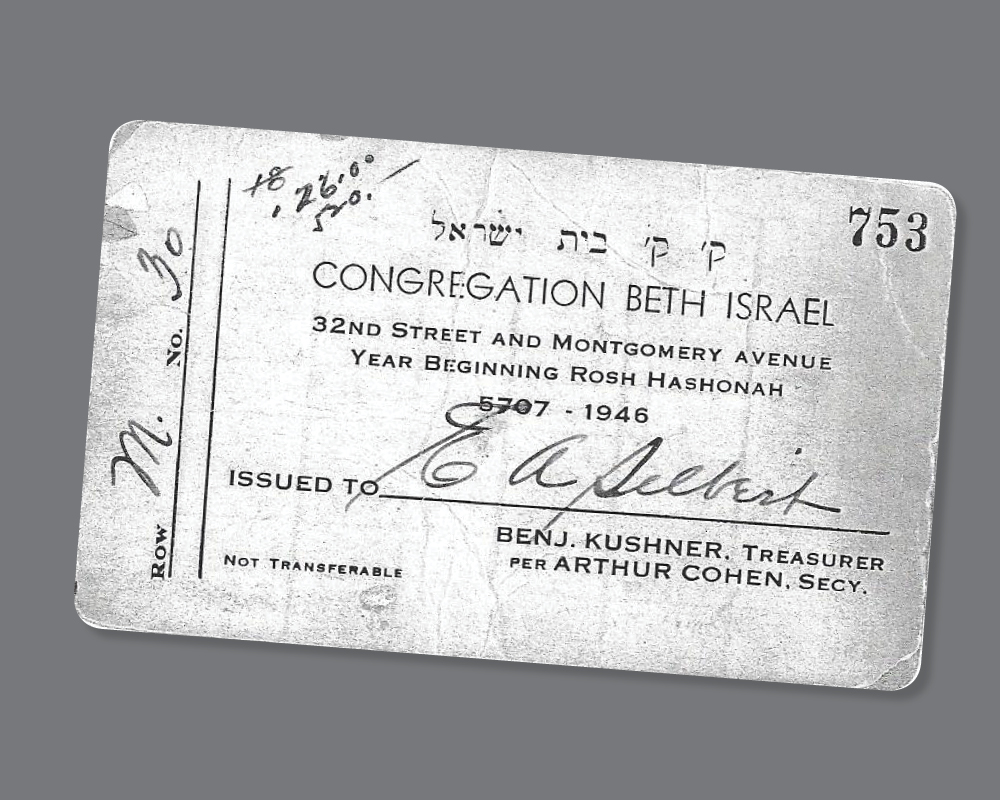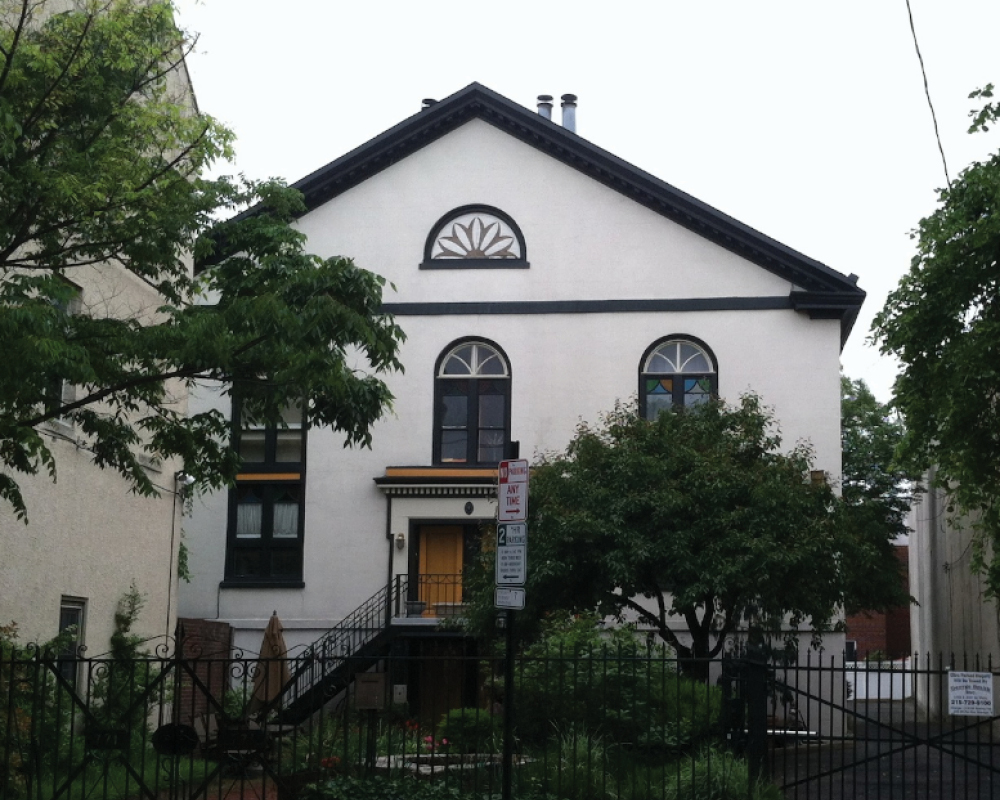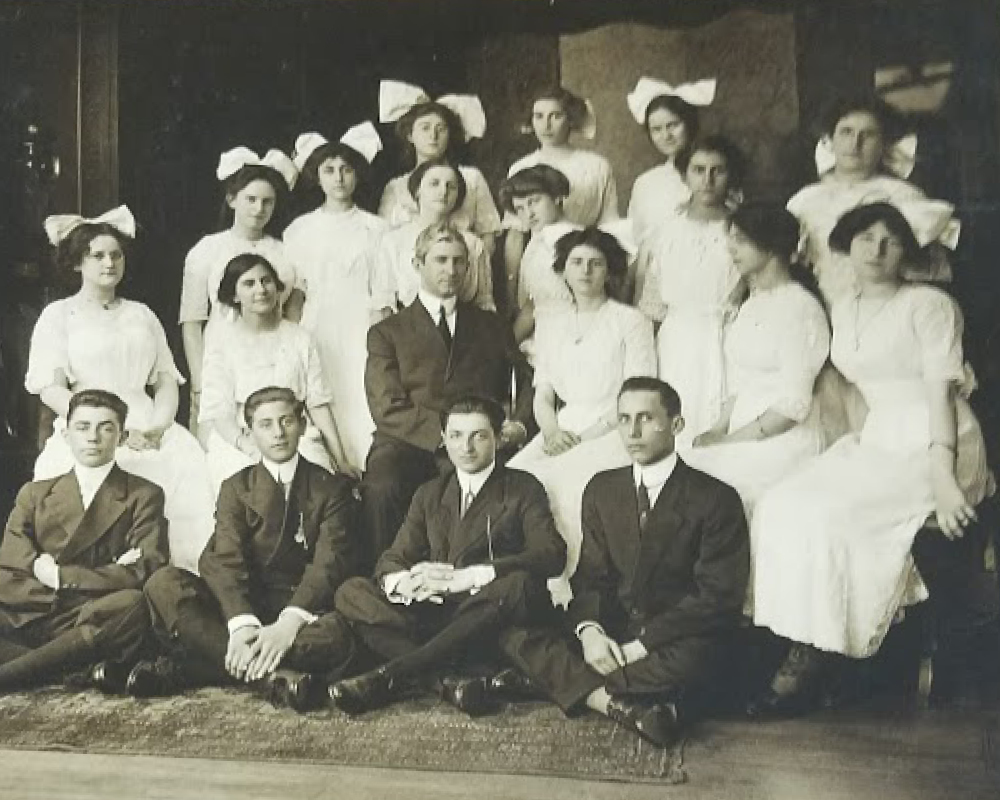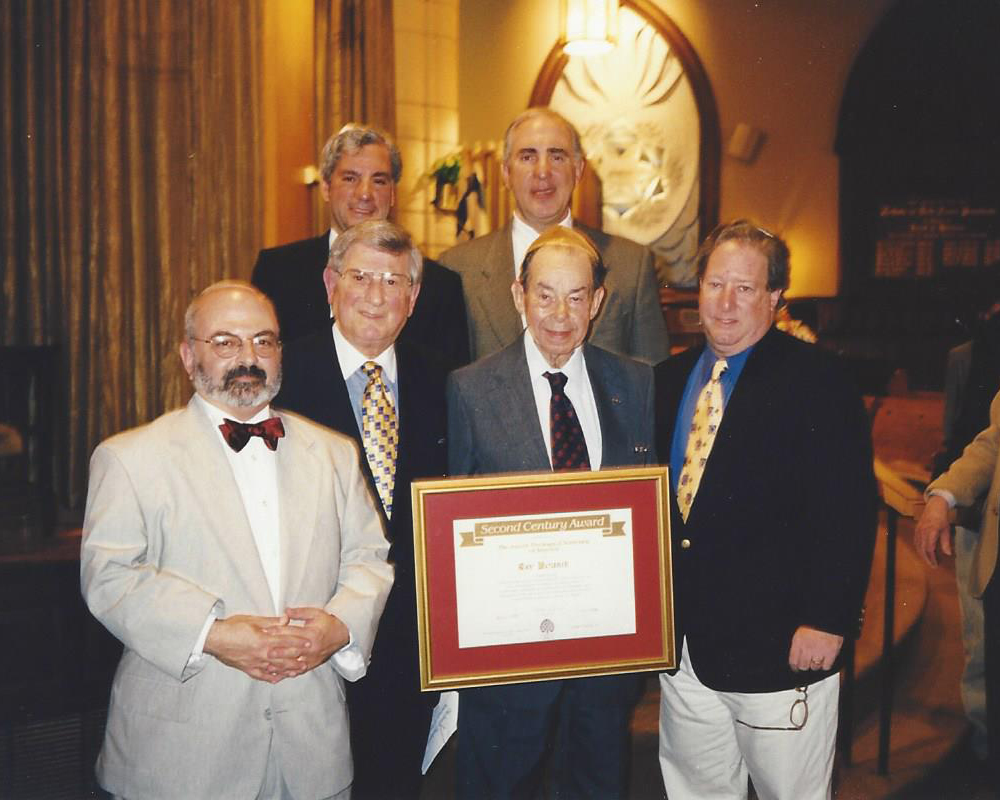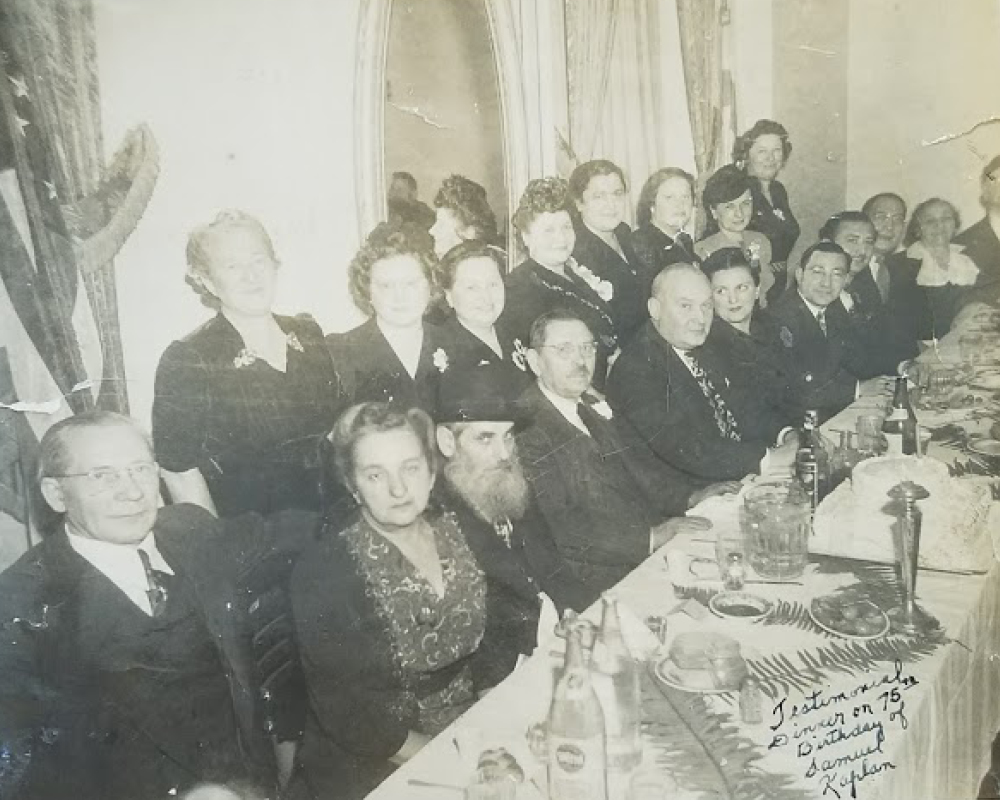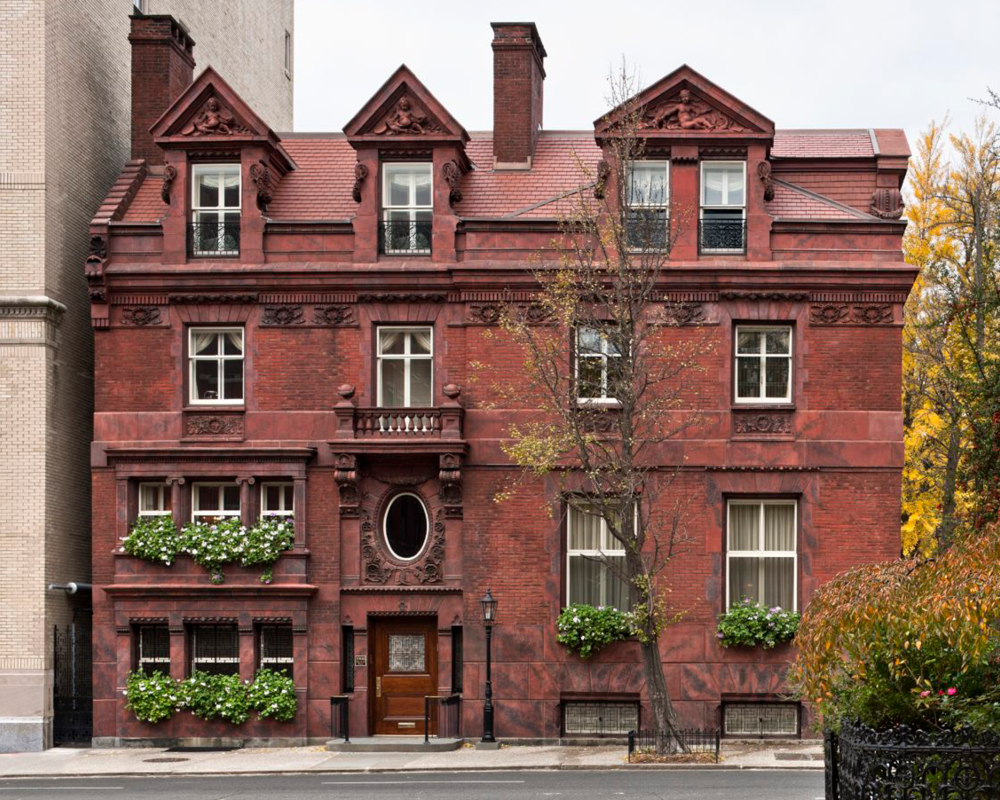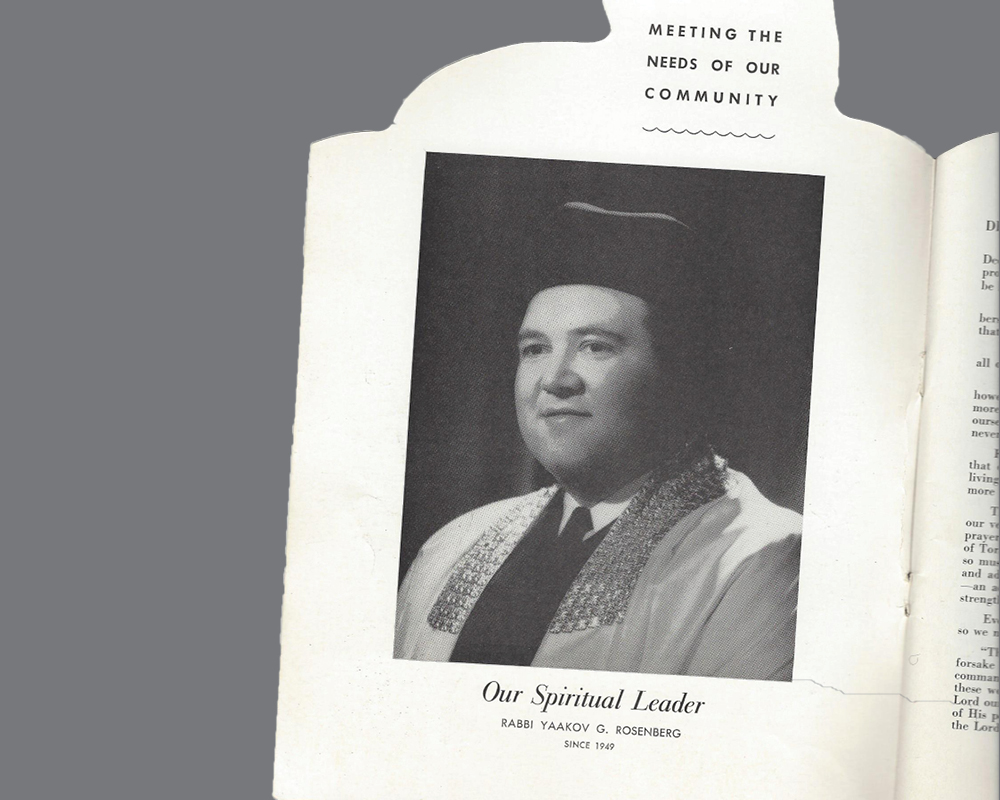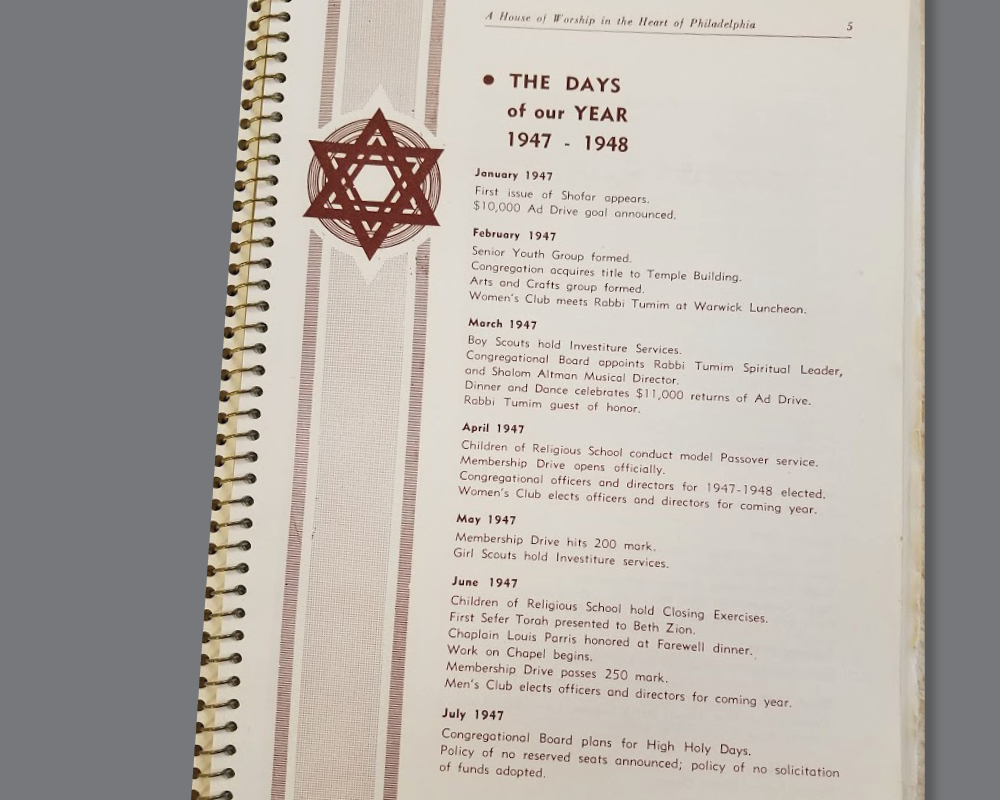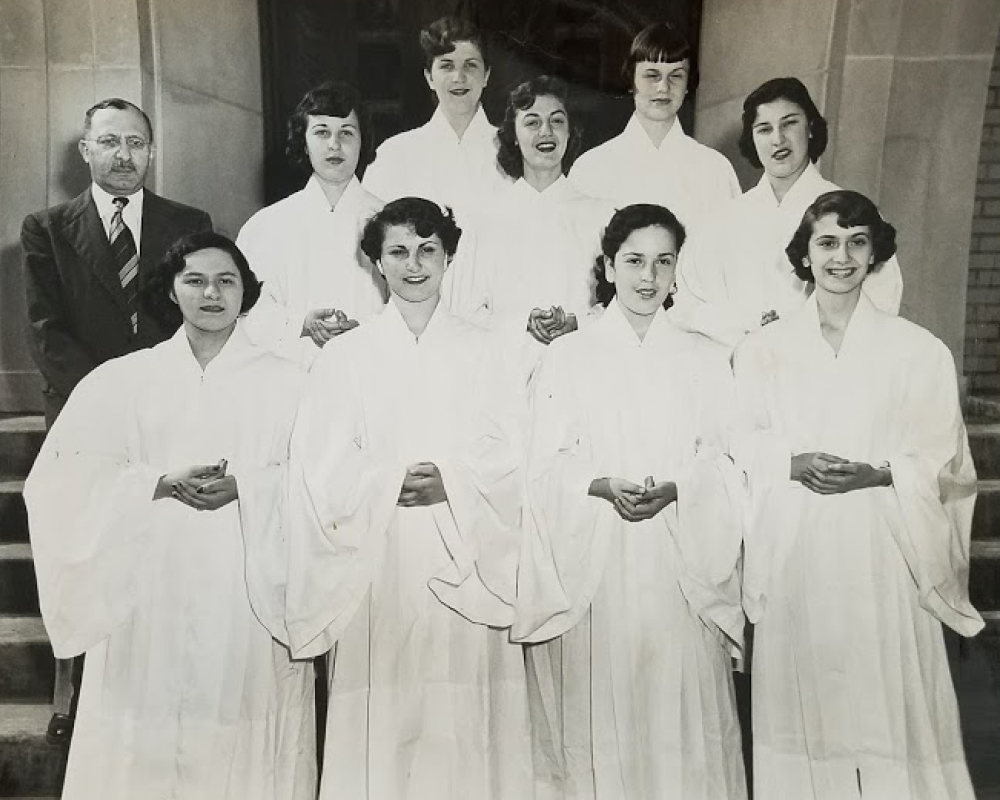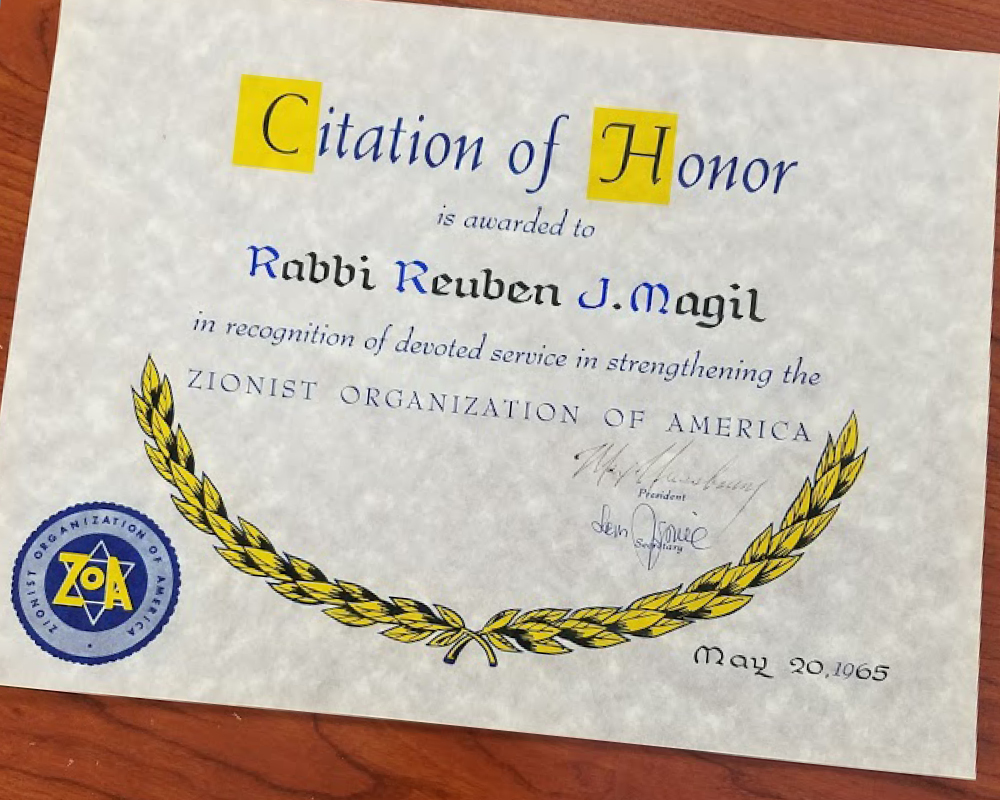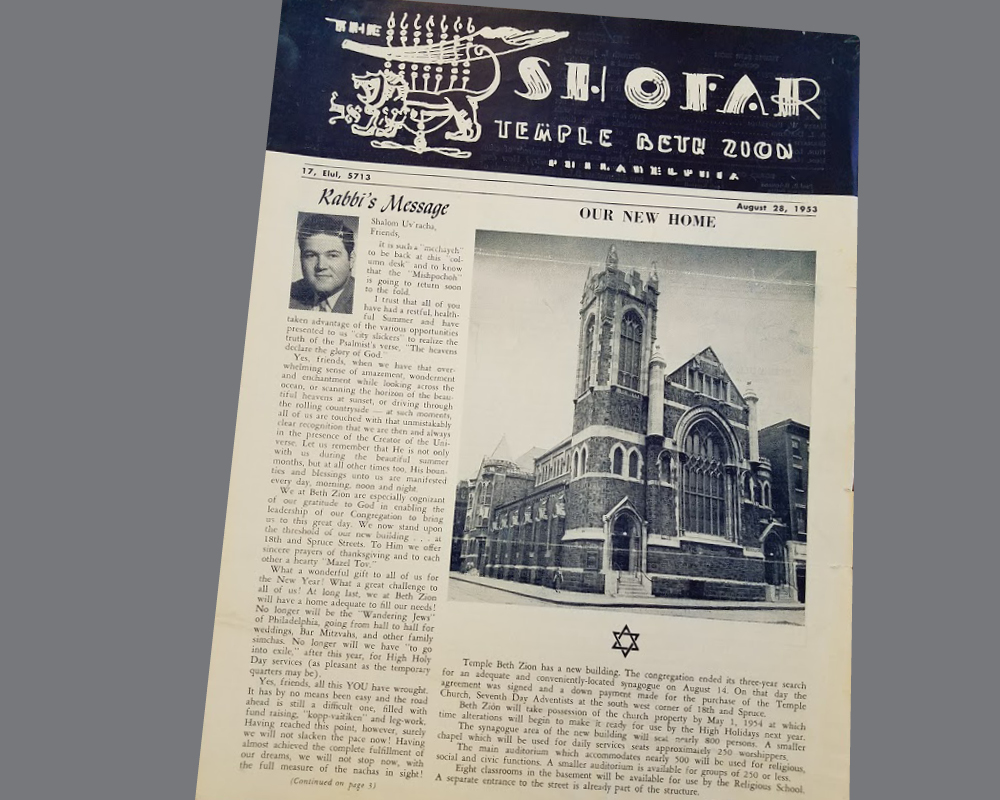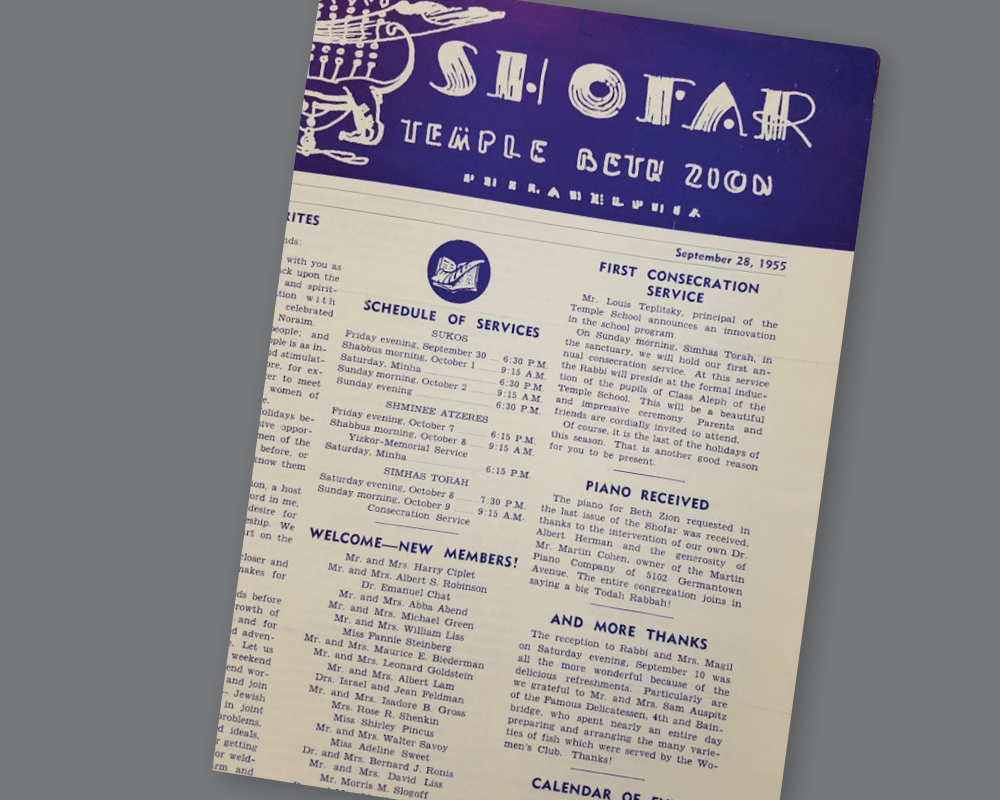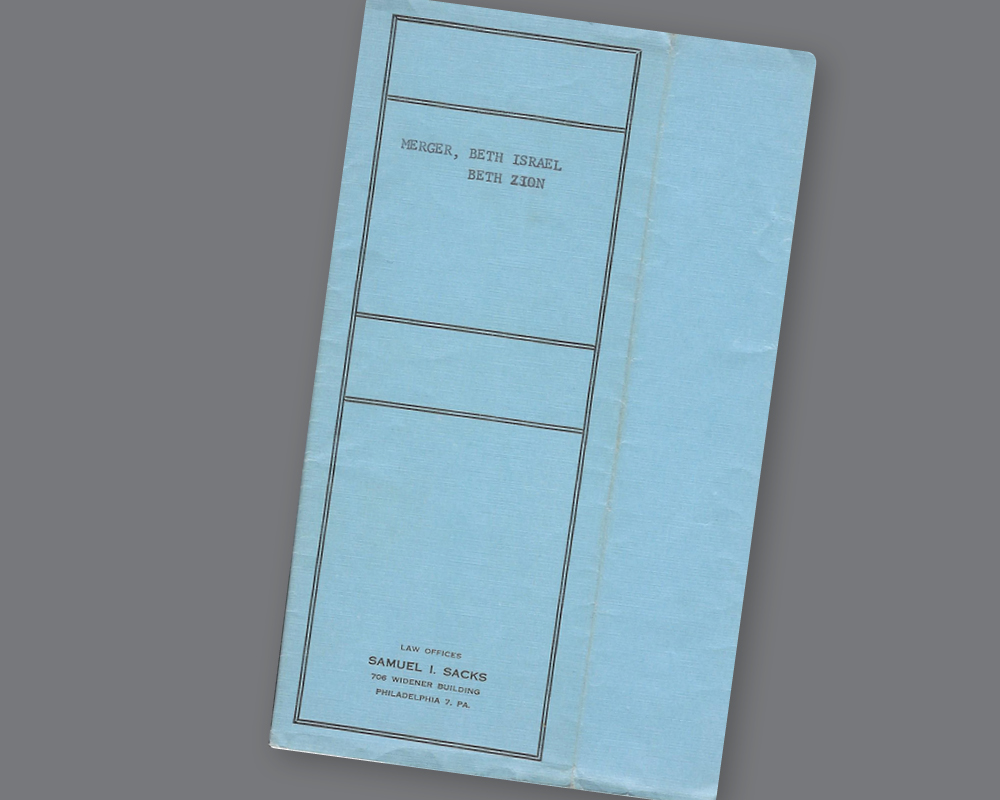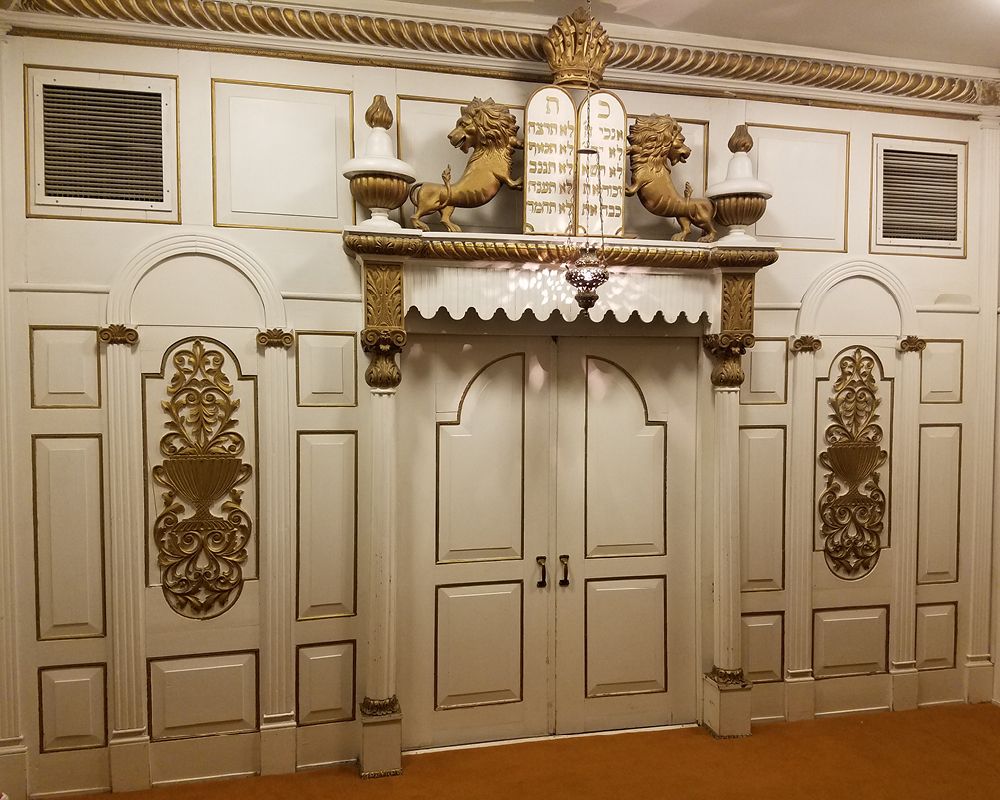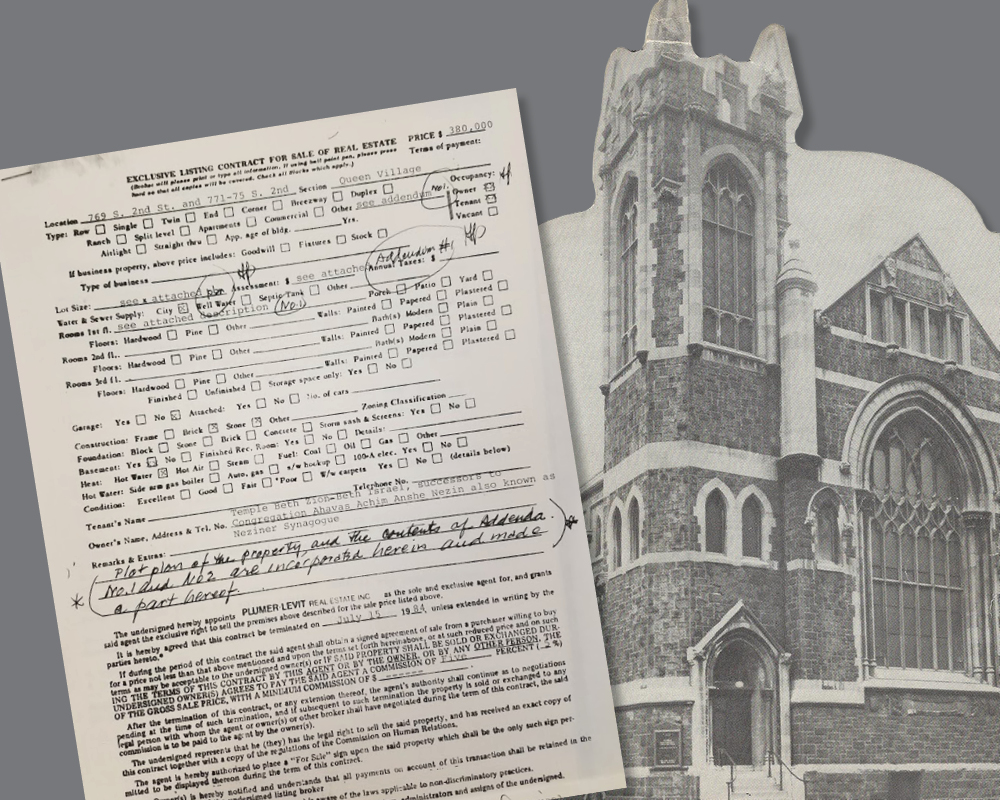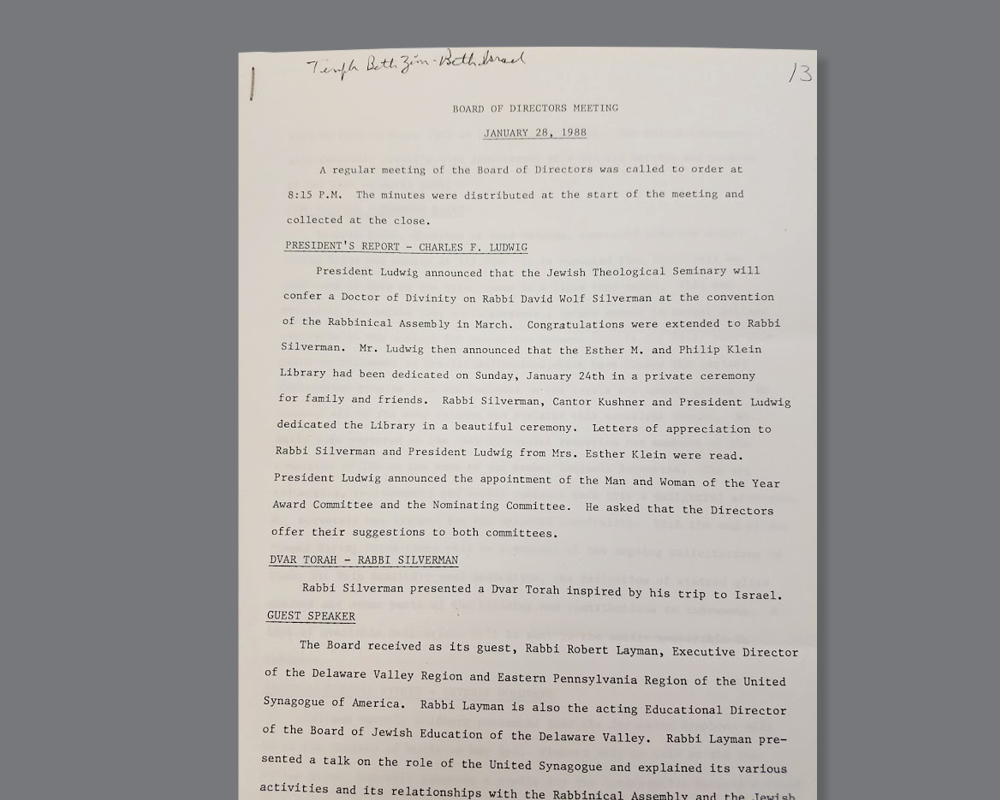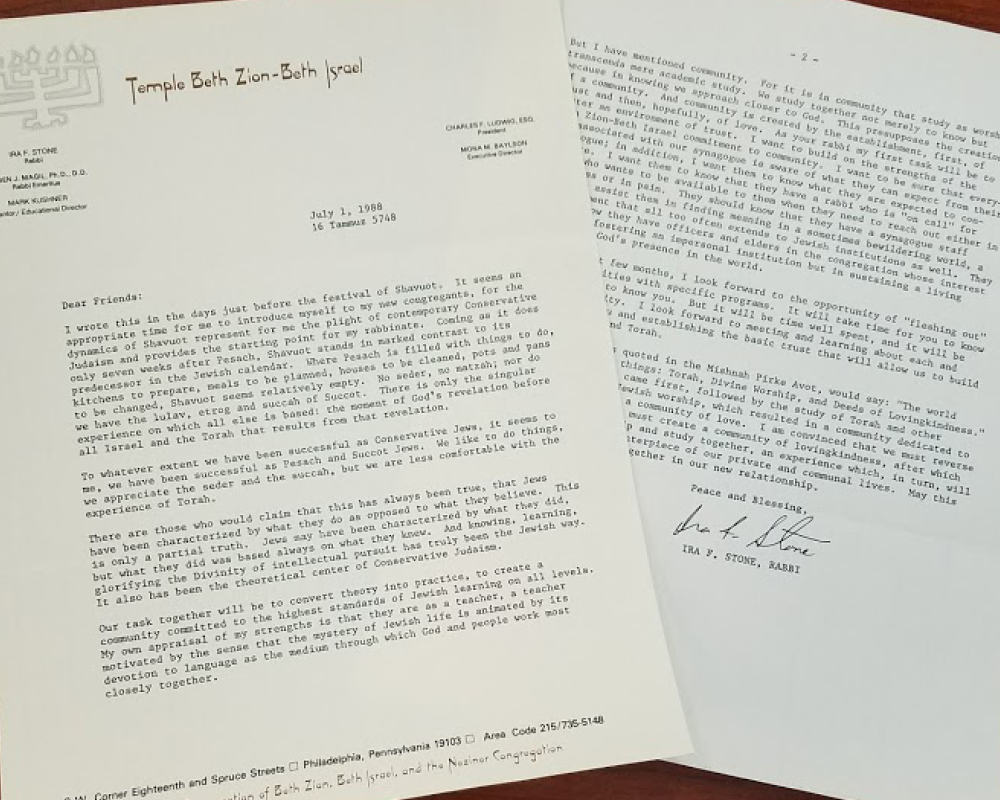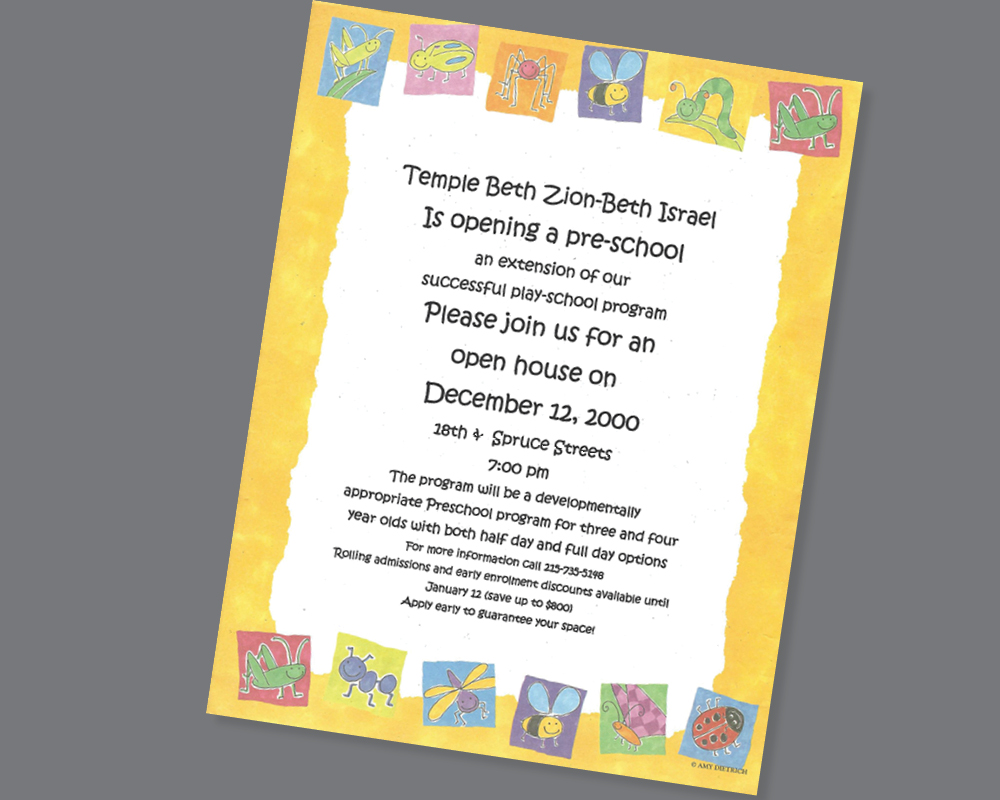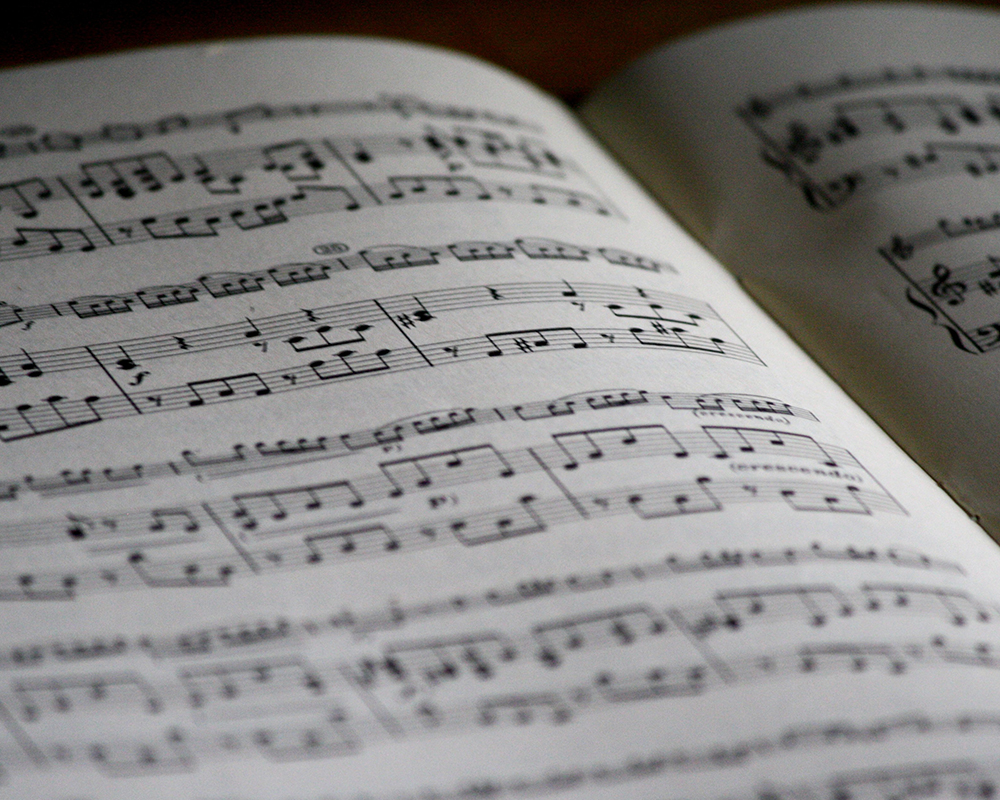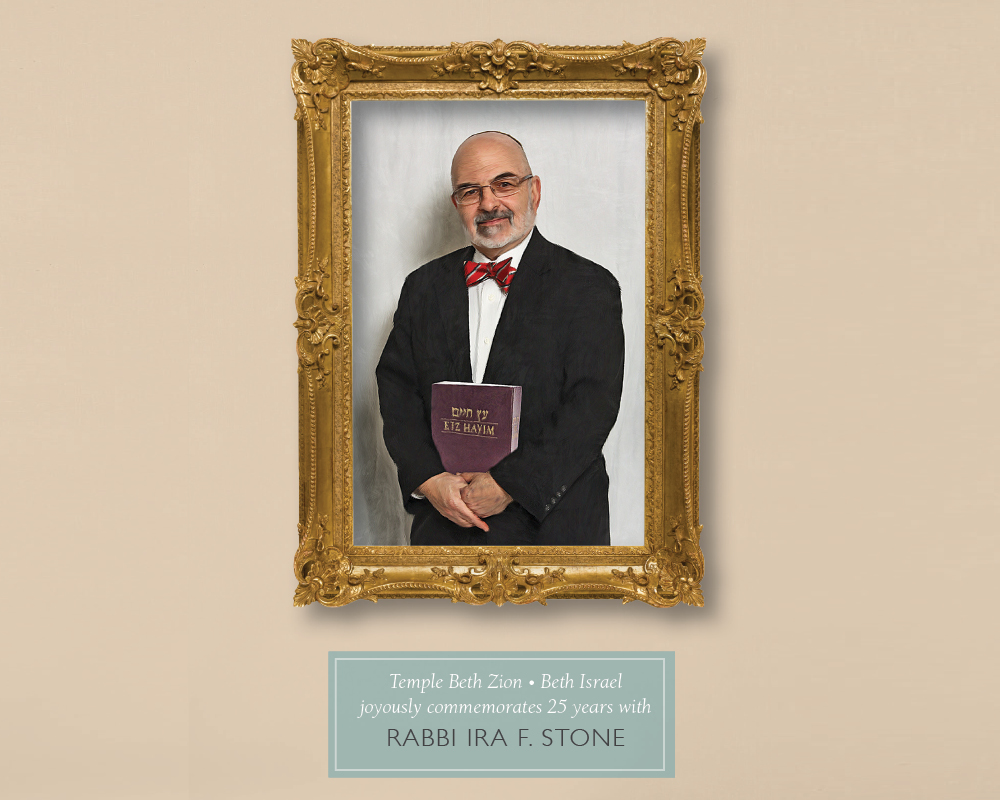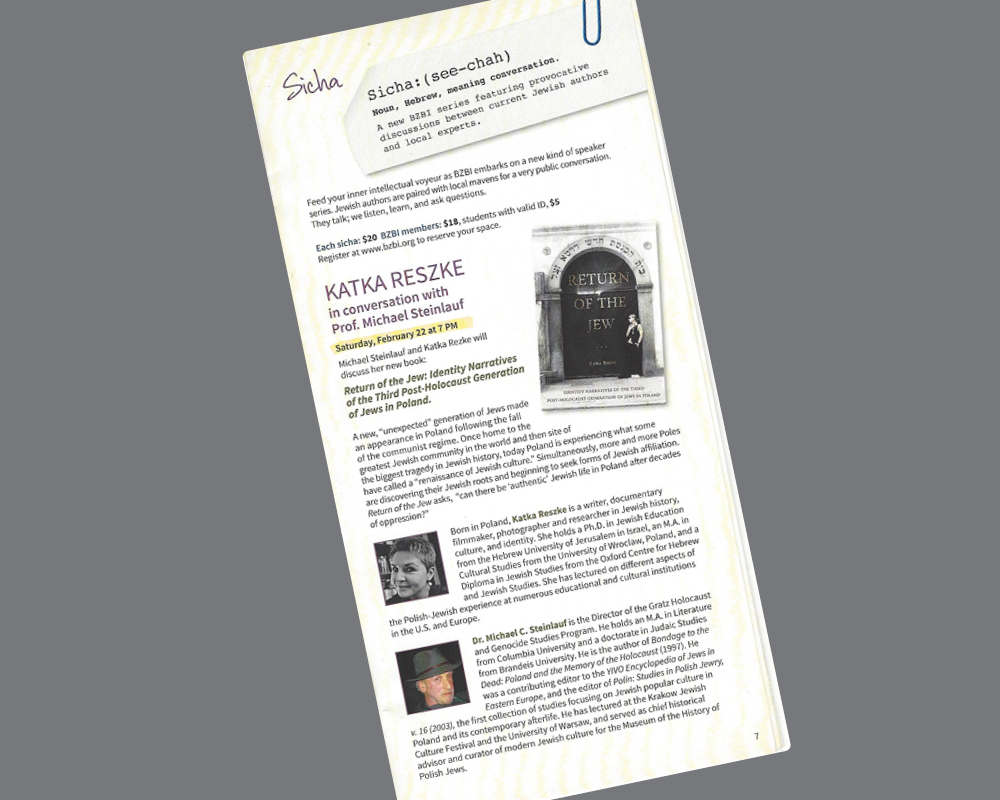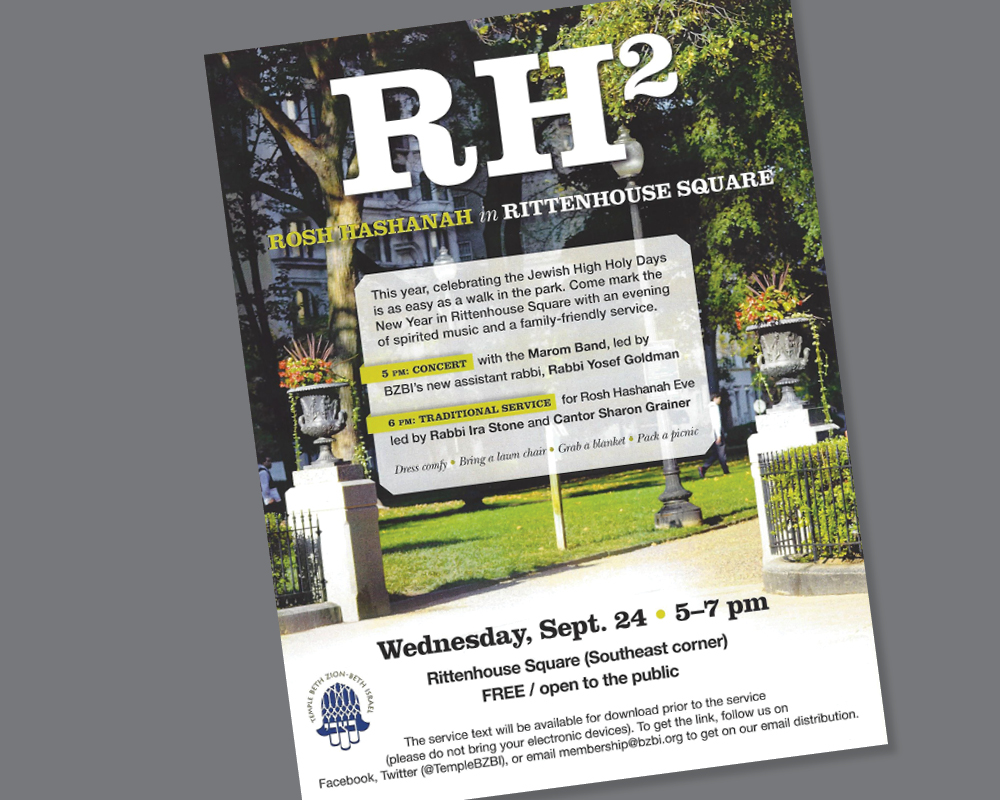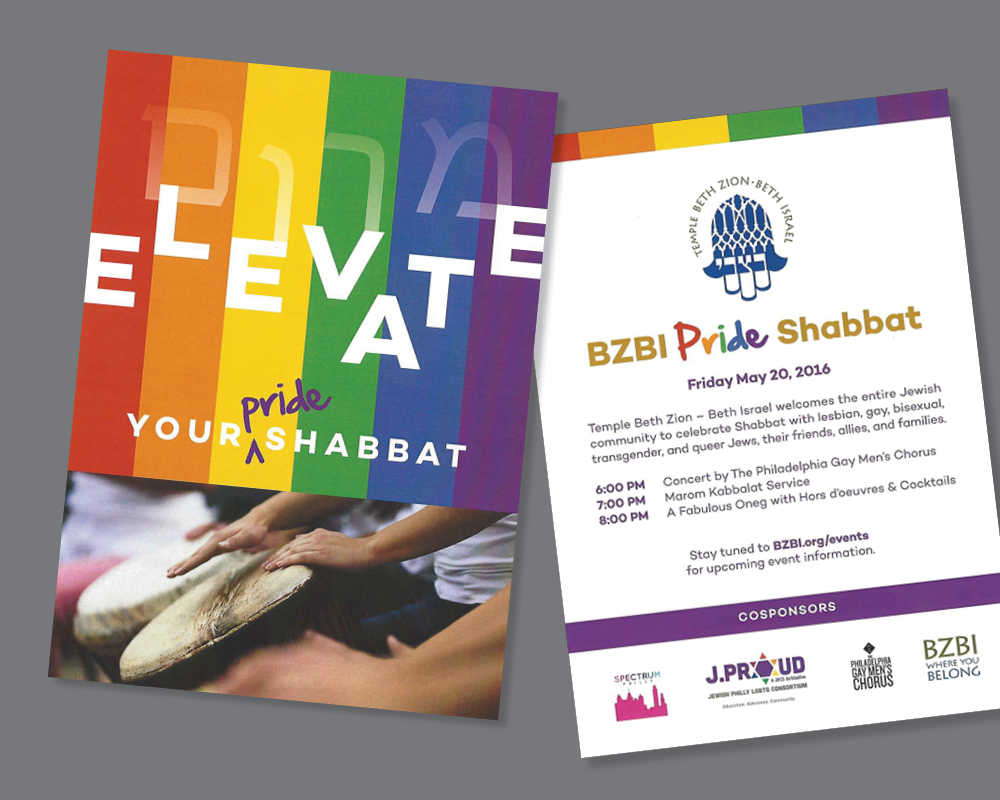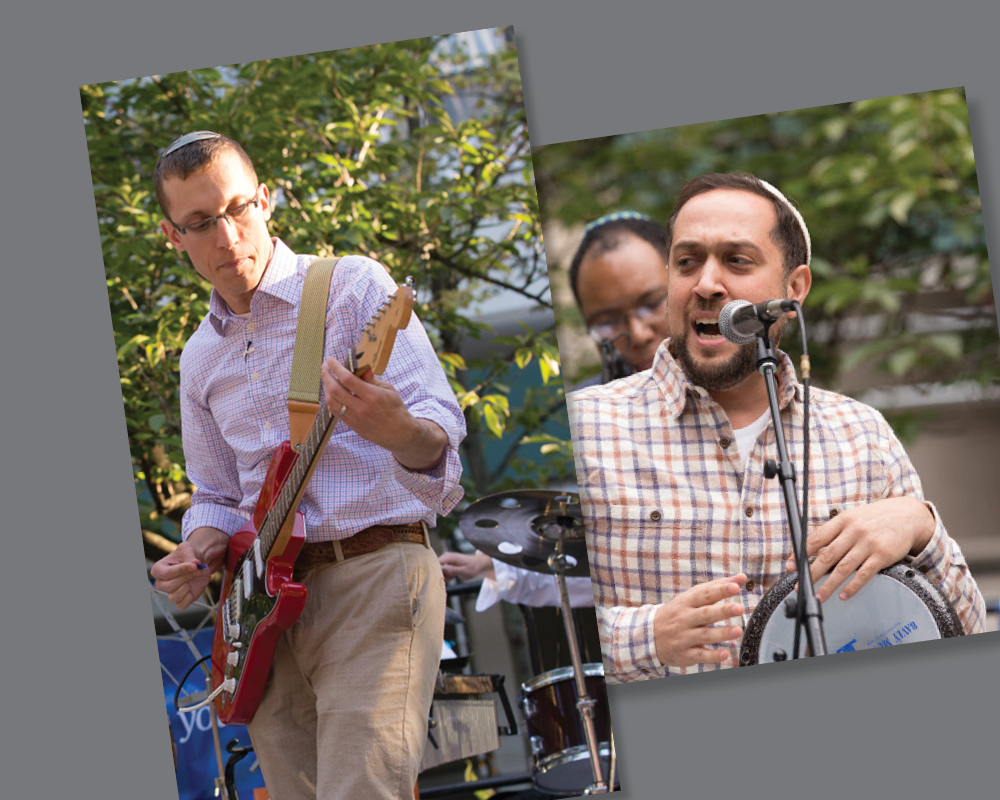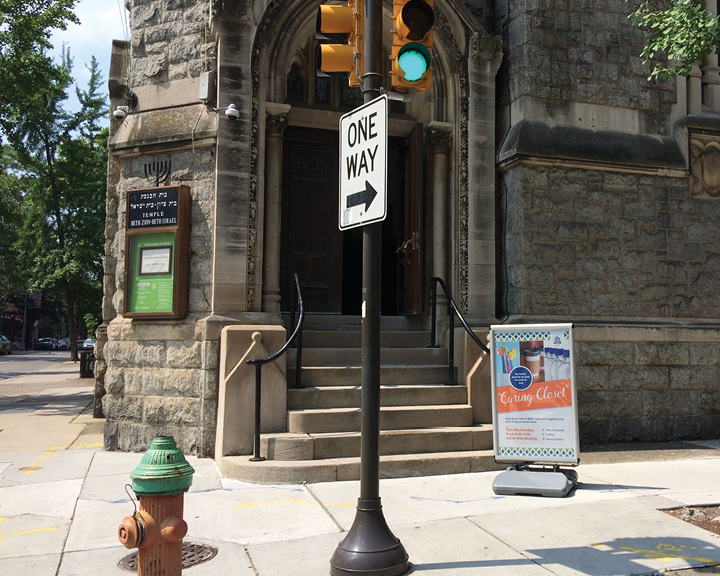Our History
Temple Beth Israel
In 1840, Temple Beth Israel – the third oldest congregation in Philadelphia (and eventually a founding Kehillah of the United Synagogue for Conservative Judaism) – was founded to provide a familiar community for German and Polish Jewish immigrants arriving in the city. A preference for their own Orthodox Ashkenazic services led them to establish the synagogue.
In its early stages, the community met at a small site on Adelphia Court, supplied by John Moss, a merchant and ship owner from Congregation Mikveh Israel. Over the years, however, the congregation continued to develop and grow, and the community relocated several times until moving in 1957 to the Greenbrier Country Club in West Fairmount Park.
Rabbi Marvin Nathan, who became the synagogue’s rabbi in 1905, led the congregation for more than 30 years and was responsible for many innovations such as introducing the first Seder and services for the deaf. For half a century, the congregation celebrated the Annual Purim Ball and Purim Bazaar.
While introducing new traditions, the Beth Israel community stayed committed to many of the hallmarks of the Old World, retaining the officers’ high silk hats, striped trousers and cutaway coats during the High Holy Days.
Temple Beth Zion
Visionary members and founders of Har Zion Temple (then in Wynnefield, near City Avenue) founded Temple Beth Zion because they saw the need to create a center for Conservative Judaism in Center City Philadelphia where none had existed previously. They defied contemporary wisdom that urban congregations would at best survive and in most cases fade as synagogues became established in the suburbs of American cities.
The congregation had its humble beginnings in the fall of 1945, meeting for prayer services at the YM-YWHA. In early 1946, they officially incorporated. Within the next year, the young community attracted attention, with 150 families enrolled by mid-year. The rapid growth of the Congregation required a permanent home. Beth Zion acquired the Lit mansion at South 19th Street and Delancey Street in 1946 and, with the help of noted architect and congregation member, Beryl Price, transformed the building into a Synagogue. By June 1947, the membership passed the 250 mark and, in the fall of that year, Temple Beth Zion had its first bar mitzvah, Leonard Siegel, and wedding, of Harold Sarshik and Frances Simon. By June of 1948, with their first Confirmation class, the synagogue was firmly established and thriving.
The visionaries had achieved their goal. A Conservative congregation had been founded in the center of Philadelphia. The vision of these men, however, went beyond mere establishment of the institution. Their concept was to extend American democratic principles into the workings of the Congregation. Their four major principles were: 1) no reserve seating for High Holy Days, 2) no solicitation of funds for the Temple from the pulpit, 3) equal rights for women in the operation of the Synagogue, and 4) unlike other congregations, management of the Synagogue by the lay leaders rather than the spiritual leaders. These principles were themselves an attraction to new members. They liked class but not ostentation. Poor members were not to fear embarrassment. Even overdress at High Holy Days services was deemed inappropriate.
Under the leadership of Rabbi Reuben J. Magil, Beth Zion outgrew the space at the Lit Mansion and purchased the current building in 1954. Once again, Price donated his time and talents to convert the Gothic stone church, built in 1894, into a vibrant active synagogue community – to create the “jewel of a synagogue” we enjoy today.
Neziner Congregation
In 1896, the Neziner Congregation was founded for Jews arriving in massive numbers from Eastern Europe and Russia. Officially, its name was Congregation Ahavas Achim-Anshe Nezin, which meant “Congregation of Friendly Sons of Nezin,” a small town in southern Russia. Fleeing to Philadelphia from persecution in Eastern Europe, Jewish immigrants from Nezin banded together in 1889 to form their own synagogue charter, meeting in their homes.
During the next 25 years, its membership increased significantly, incorporating newer arrivals to Philadelphia who came from regions besides Nezin. By 1905, the synagogue settled into a property at 771 South 2nd Street.
Following WWI, Jewish neighborhood residents prospered and moved to newer parts of the city, such as Strawberry Mansion, Logan, Wynnefield and West Philadelphia. Compounded by the gentrification effort of Society Hill by then Philadelphia Mayor Dilworth, membership grew at Society Hill Synagogue and declined at the Neziner Congregation.
Fortunately, during the Depression, the synagogue experienced a rebirth under the leadership of Isaac Schreider, a new member who cleverly fundraised from former members who had moved away from the synagogue in the 1920s. However, despite its members’ best efforts, the community remained small and, in time, could no longer support its own synagogue. By 1984 there were a few more than 50 stalwart families at the synagogue and it sought to merge with another Conservative congregation in the city. BZBI was the fortunate and lucky home Neziner found.




